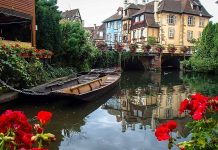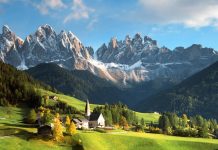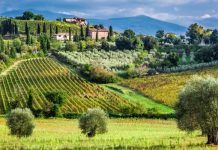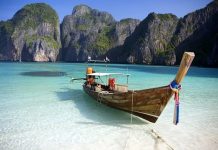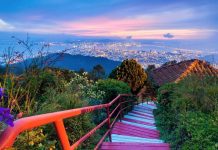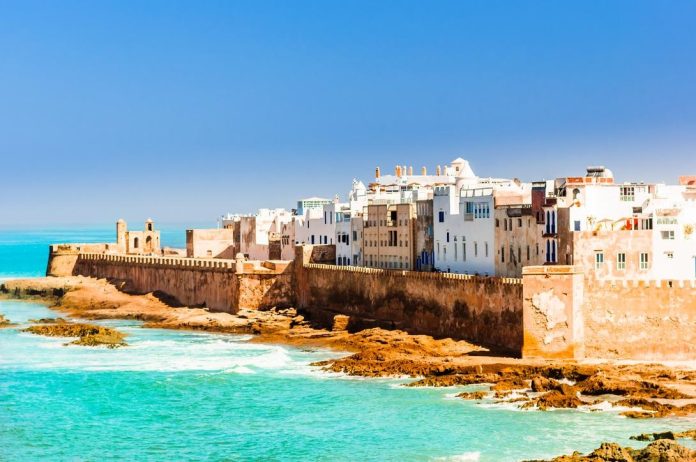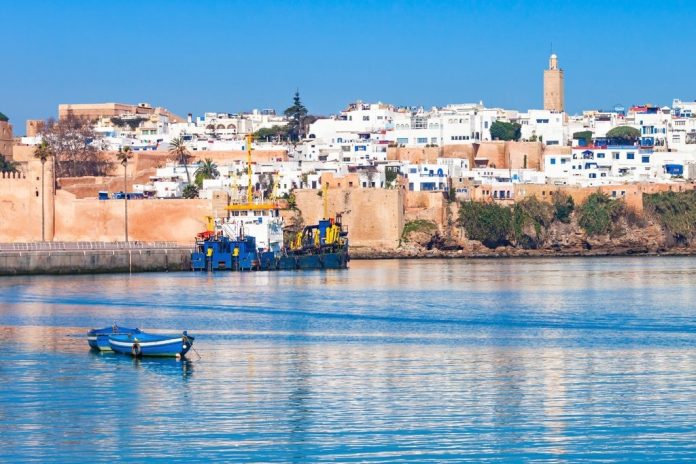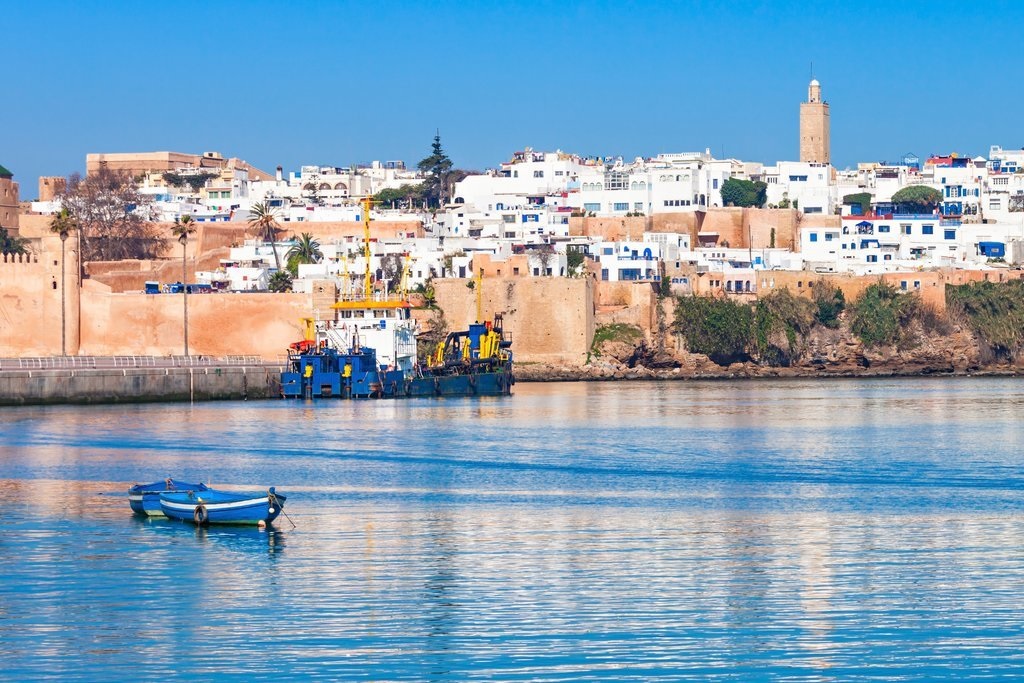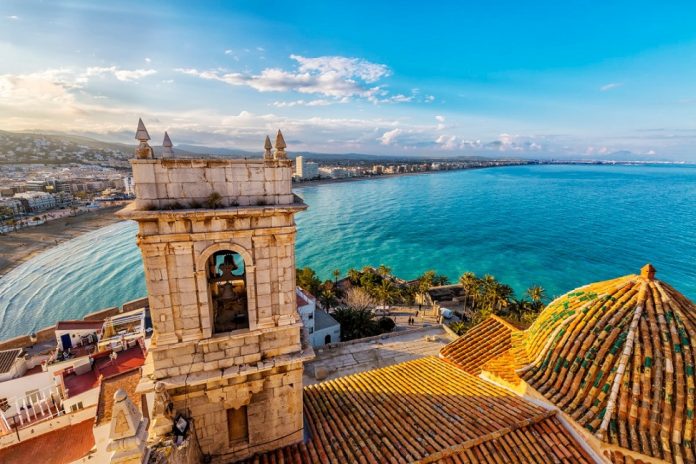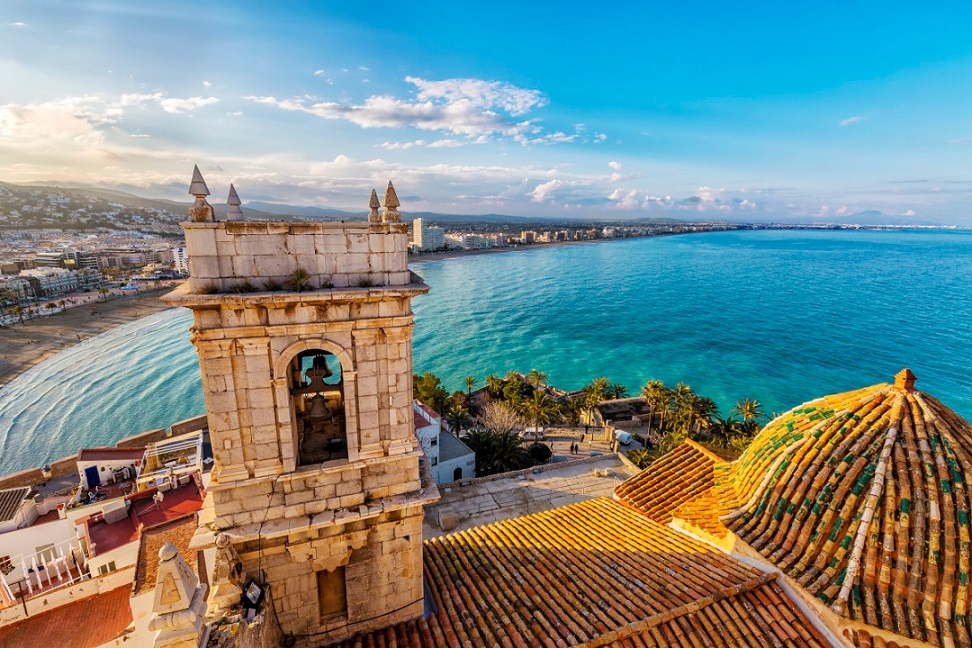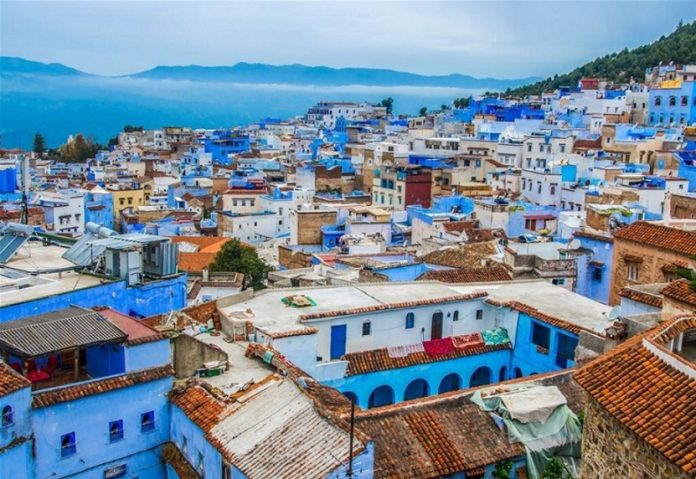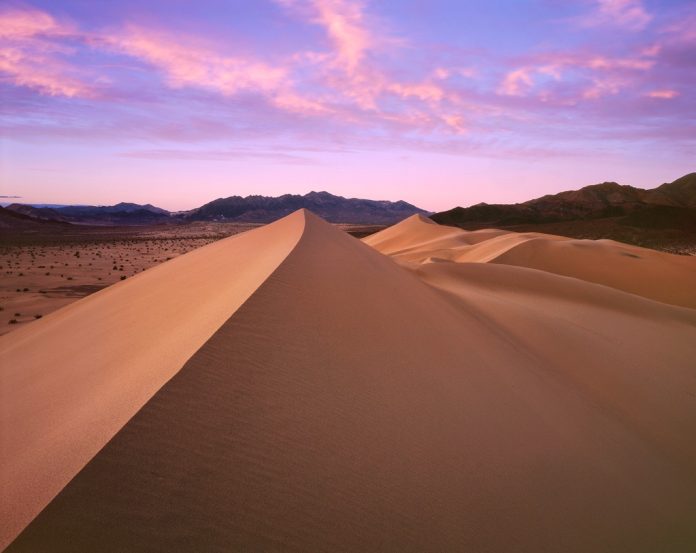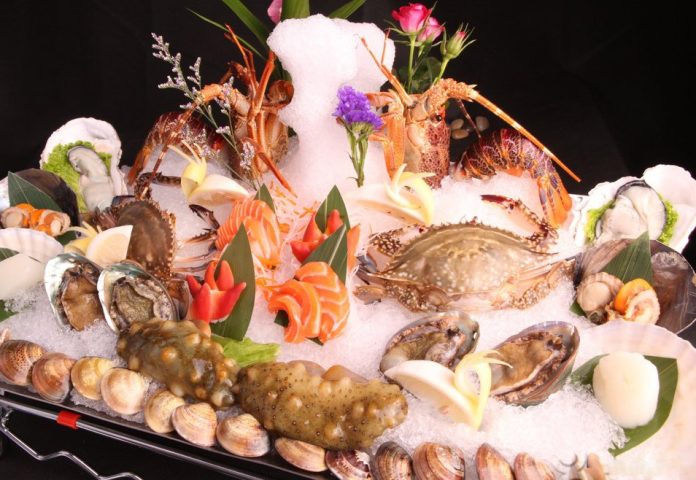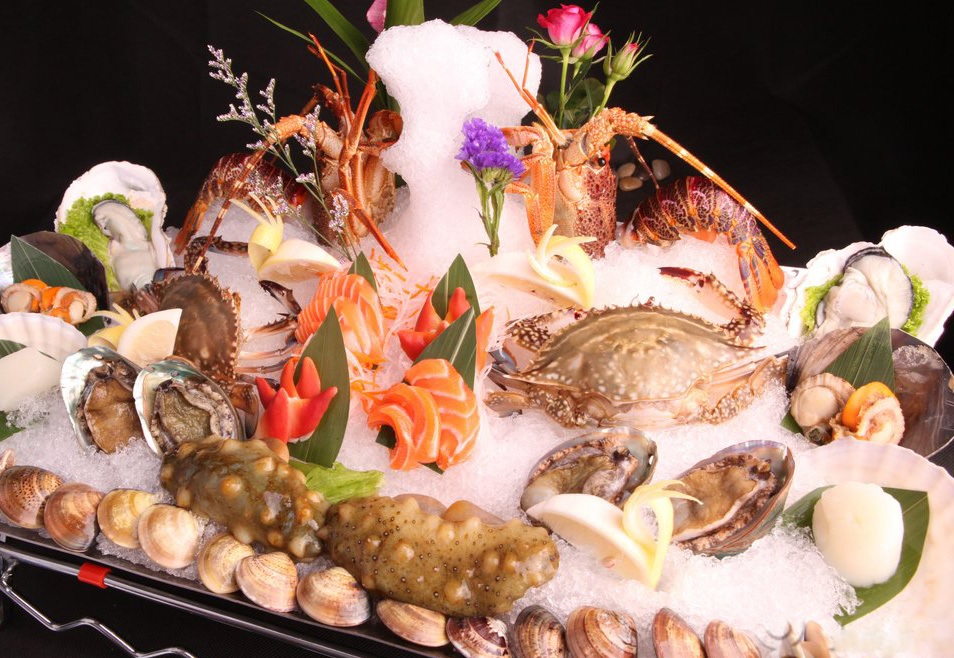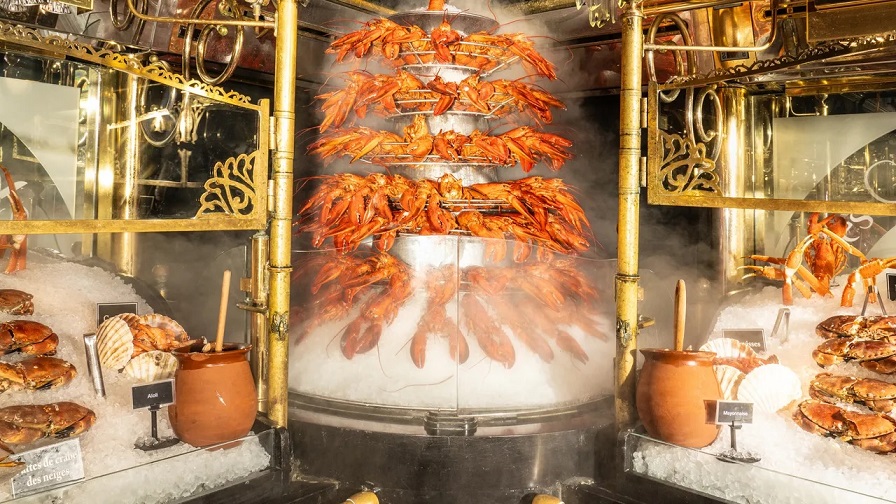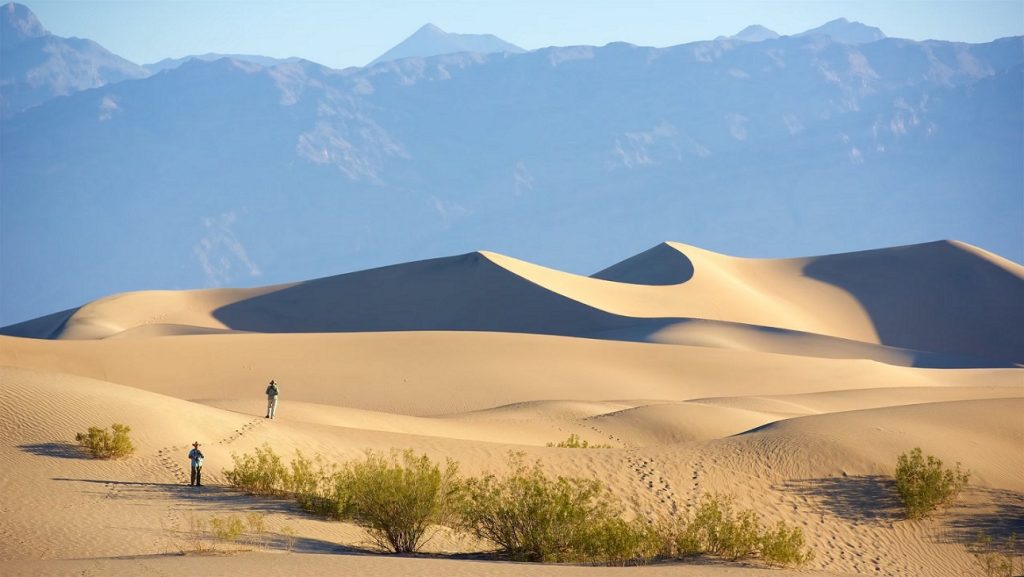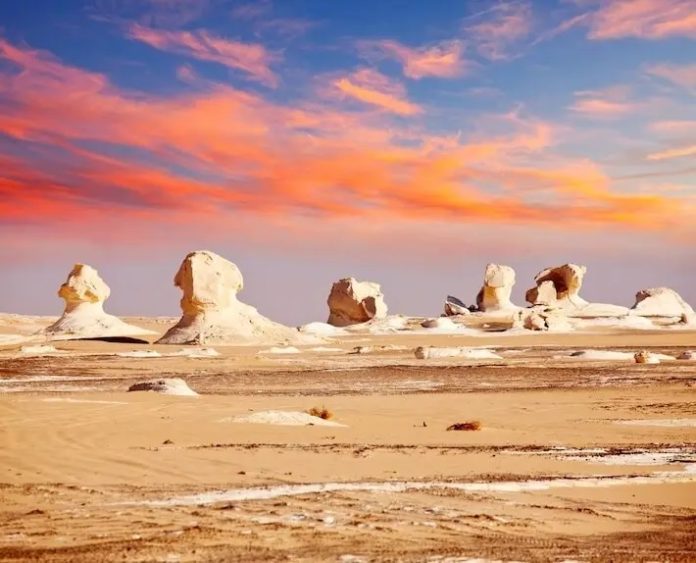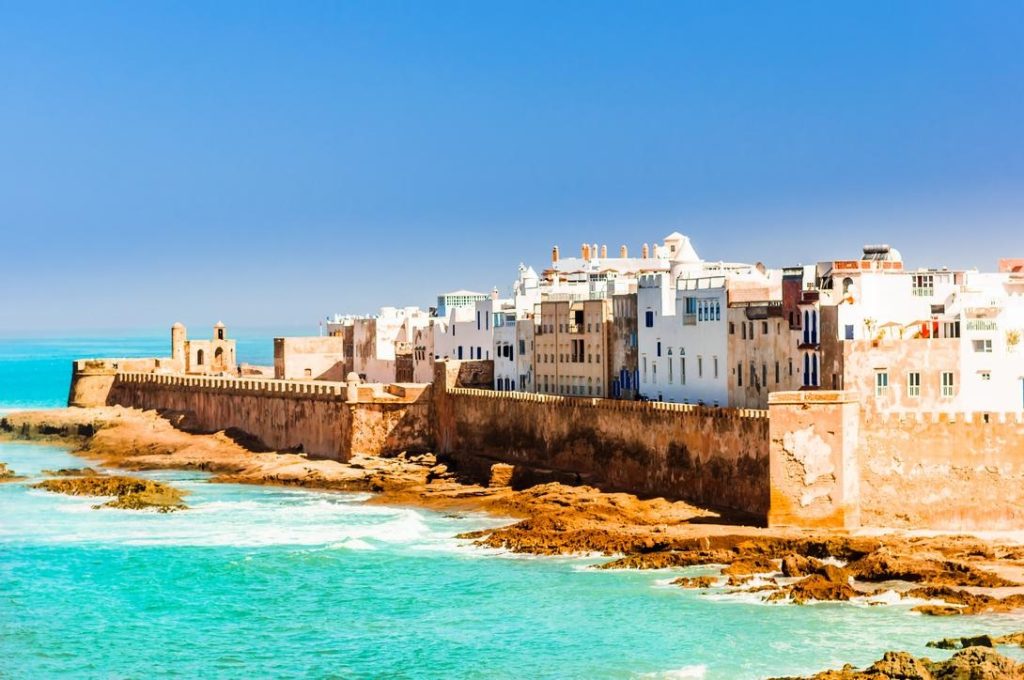
Fes, Morocco: A Spice-Scented Labyrinth of Ancient Tanneries
Fes, Morocco’s spiritual and cultural heart, is a city where time seems to stand still. Its labyrinthine medina, Fes el-Bali, is a UNESCO World Heritage site and one of the world’s largest car-free urban zones. Here, the air is thick with the scent of spices, the echoes of artisans’ hammers, and the rich, earthy aroma emanating from its legendary tanneries. A visit to Fes is a journey into the soul of Morocco—a place where medieval traditions thrive amidst the modern world.
The Enchanting Medina of Fes el-Bali
Stepping into Fes el-Bali is like entering a living museum. Founded in the 9th century, this ancient medina is a maze of over 9,000 narrow alleyways, bustling souks, and hidden courtyards. Every turn reveals something extraordinary:
- Vibrant Souks: The markets are a sensory overload, with mounds of saffron, cumin, and paprika coloring the stalls, while vendors call out to passersby. The spice market, Rue el-Henna, is particularly intoxicating, offering everything from argan oil to rare medicinal herbs.
- Handicraft Heaven: Fes is famous for its artisans. The Kissariat el-Kifah district is lined with shops selling intricate zellige (mosaic tilework), handwoven Berber carpets, and finely crafted brass lanterns.
- Historic Madrasas: The Bou Inania Madrasa and Al-Attarine Madrasa are stunning examples of Marinid architecture, adorned with carved cedar wood and Quranic inscriptions.
The Legendary Chouara Tannery: A Timeless Tradition
No visit to Fes is complete without witnessing the Chouara Tannery, the largest and oldest in the city, operating since the 11th century. Here, leather is still processed using methods unchanged since medieval times.
The Tannery Experience
- A Bird’s-Eye View: Most visitors observe the tannery from the terraces of surrounding leather shops, where shopkeepers offer mint leaves to counter the strong smell of dyeing vats.
- The Dye Pits: The tannery is a kaleidoscope of circular stone vessels filled with vibrant dyes—indigo, saffron yellow, and poppy red—where workers knead and soak hides for weeks.
- Traditional Techniques: Skilled craftsmen use natural ingredients like pigeon droppings (for softening) and vegetable dyes (for coloring) to produce world-renowned Moroccan leather.
The Leather Souk
After marveling at the tannery, visitors can browse the adjacent leather souk, where bags, pouffes, and jackets are sold. Bargaining is expected, and high-quality goods can be found at fair prices.
Beyond the Medina: Other Must-See Attractions
While the medina is the star, Fes has more to offer:
- Al-Qarawiyyin University & Mosque: Founded in 859 by Fatima al-Fihri, this is the world’s oldest continuously operating university. Non-Muslims can admire its grand courtyard.
- Merinid Tombs: These ruins offer panoramic views of Fes, especially magical at sunset.
- Dar Batha Museum: A beautifully restored palace showcasing Moroccan arts, including woodcarvings and ceramics.
A Culinary Journey
Fes is a food lover’s paradise:
- Try a Pastilla: A sweet-savory pie filled with pigeon meat, almonds, and cinnamon.
- Savor a Tagine: Slow-cooked in conical clay pots, Fassi tagines often include prunes, apricots, and lamb.
- Visit Café Clock: A trendy spot serving camel burgers and hosting live Gnawa music nights.
Final Thoughts
Fes is more than a destination—it’s an immersion into Morocco’s living history. From the hypnotic chaos of its spice markets to the ancient rhythms of its tanneries, the city captivates at every turn. For travelers seeking authenticity, Fes is an unforgettable adventure.



